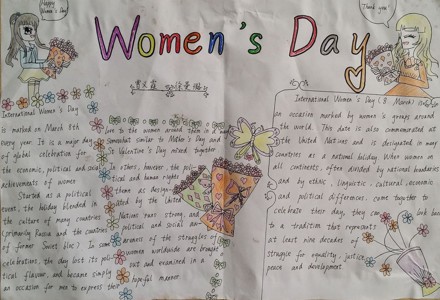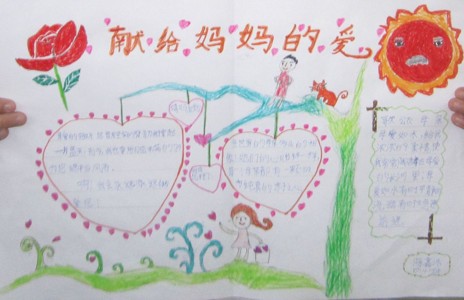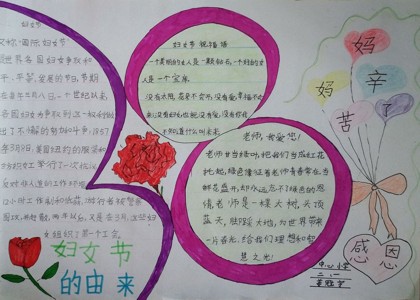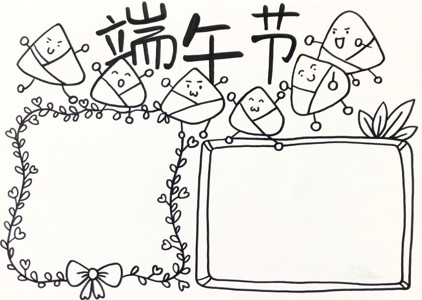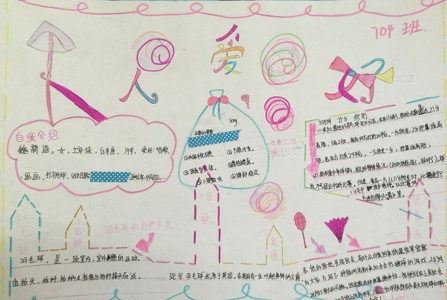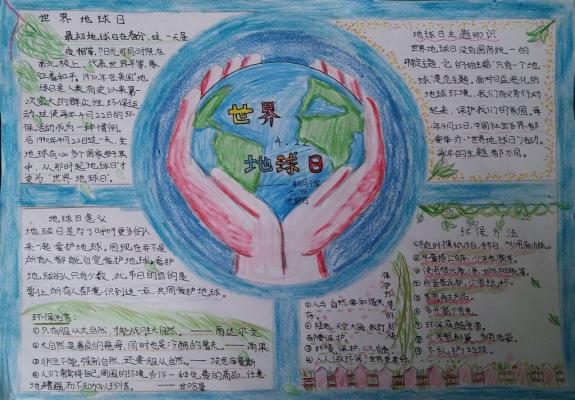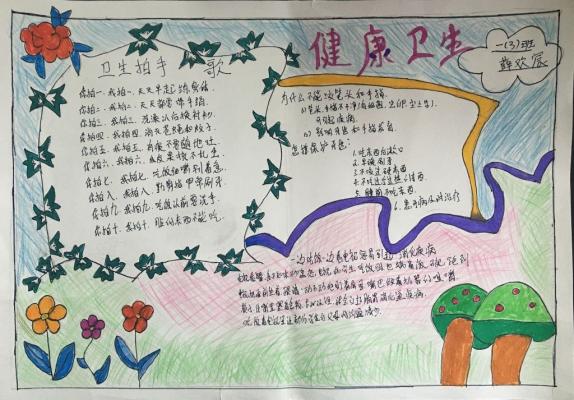38妇女节英语手抄报

International Women's Day is the story of ordinary women as makers of history; it is rooted in the centuries-old struggle of women to participate in society on an equal footing with men. In ancient Greece, Lysistrata initiated a sexual strike against men in order to end war; during the French Revolution, Parisian women calling for "liberty, equality, fraternity" marched on Versailles to demand women's suffrage.
The idea of an International Women's Day first arose at the turn of the century, which in the industrialized world was a period of expansion and turbulence, booming population growth and radical ideologies.
In the years before 1910, from the turn of the 20th century, women in industrially developing countries were entering paid work in some numbers. Their jobs were sex segregated, mainly in textiles, manufacturing and domestic services where conditions were wretched and wages worse than depressed. Trade unions were developing and industrial disputes broke out, including among sections of non-unionised women workers. In Europe, the flames of revolution were being kindled.
Many of the changes taking place in women's lives pushed against the political restrictions surrounding them. Throughout Europe, Britain, America and, to a lesser extent, Australia, women from all social strata began to campaign for the right to vote.
In the United States in 1903, women trade unionists and liberal professional women who were also campaigning for women's voting rights set up the Women's Trade Union League to help organise women in paid work around their political and economic welfare. These were dismal and bitter years for many women with terrible working conditions and home lives riven by poverty and often violence.
